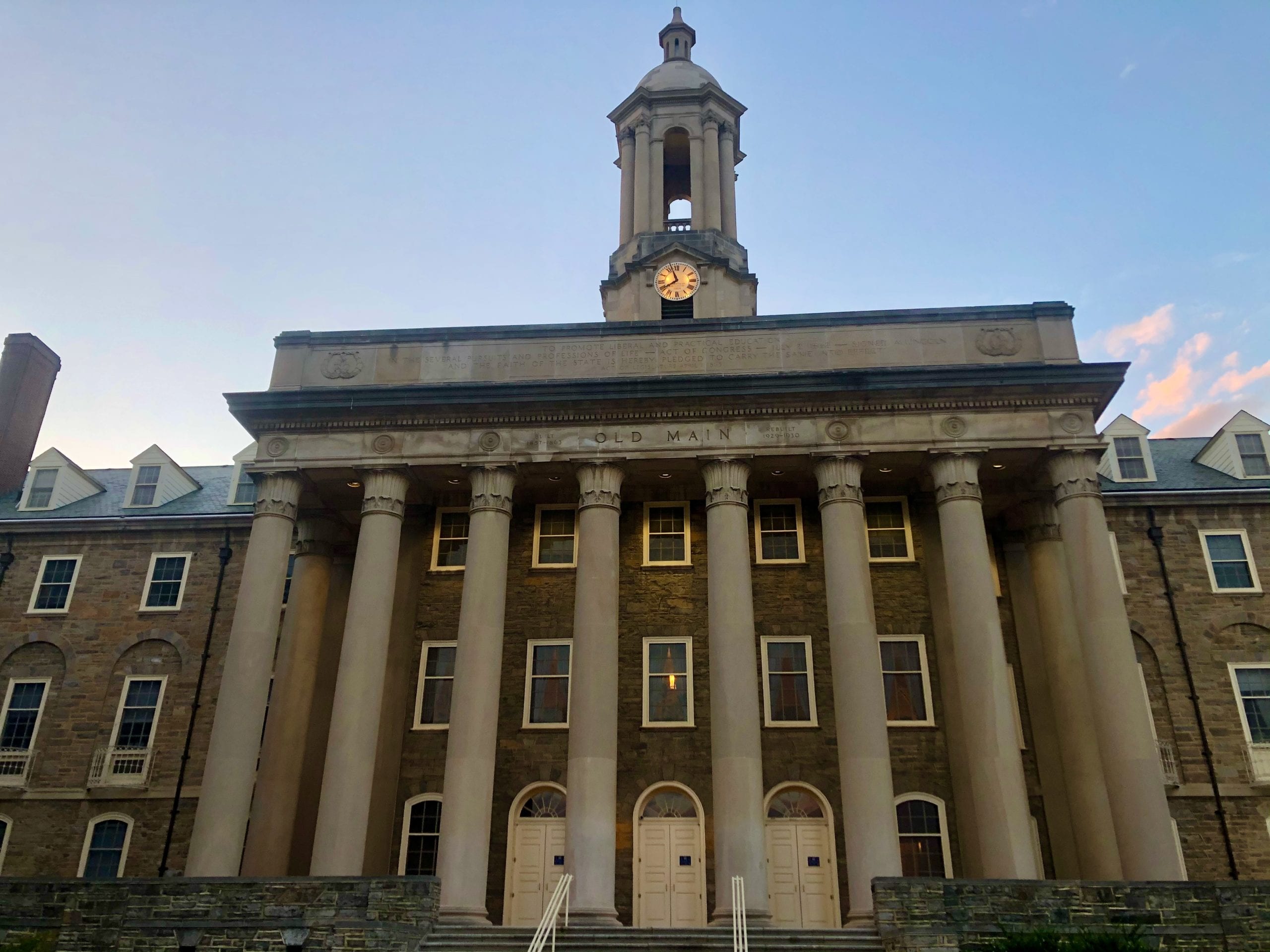Penn State has detected the omicron variant at the University Park campus for the first time as part of its ongoing COVID-19 surveillance and monitoring, the university reported on Monday night.
Although the rapidly spreading omicron variant accounts for 73.2% of new COVID-19 cases in the United States, according to the Centers for Disease Control, and was first detected in Pennsylvania more than two weeks ago, Penn State’s report marked the first time it has been publicly identified in the State College area.
The severity of illness caused by the omicron variant remains unclear, according to the CDC, but early evidence suggests it is two to three times as likely to spread as the delta variant, which caused the last surge in COVID-19 cases
Echoing a CDC statement on Monday, Penn State encouraged community members to wear masks indoors, get tested if feeling ill and to get vaccinated and a booster shot.
The university plans to provide an update by Dec. 30 if it becomes necessary for the University Park campus to start the spring semester, which begins on Jan. 10, remotely.
“University officials are continuing to monitor pandemic conditions across all locations ahead of the start of the spring 2022 semester,” a university statement on Monday night said.
Citing a surge in COVID-19 cases and hospitalizations locally, Penn State President Eric Barron said last week that University Park community members should “be prepared to alter plans” if worsening conditions necessitate a remote start for the campus.
“We fully expect to start the spring semester as planned with in-person classes and activities, but we also wanted to let the University Park campus community know that we are continuing to monitor local conditions and are prepared to alter return plans for the semester if deemed necessary,” Barron said.
In recent weeks, Mount Nittany Medical Center has seen its highest COVID inpatient levels of the entire pandemic. On the night of Dec. 14, Centre County’s only hospital had 76 COVID-19 inpatients, a record high. Since then, COVID hospitalizations have fallen, with the medical center reporting 55 on Monday.
The spike in hospitalizations and increased emergency department visits — which follow high transmission levels of the virus in Centre County — have resulted in elective surgeries requiring an overnight stay and endoscopy procedures being postponed into January, a daily reallocation of resources and substantially longer wait times at the ER.
About 75% of daily COVID hospitalizations have been among unvaccinated individuals.
“The current strain our hospital is experiencing is due to the high number of COVID inpatients, many of whom are very sick,” Denelle Korin, a registered nurse and chapter president for SEIU, the union representing Mount Nittany health care workers, said in a statement last week. “The intensity of care needed to treat them is very high. It simply takes more people and resources to get them well again. We will continue to work together in the fight against COVID-19 in our community, but we need relief—and we ask everyone to do their part by getting vaccinated, masking and social distancing.”
On campus 89.8% of students and 90% of employees are vaccinated and case rates among university testing have been much lower than a year ago.
The “uneven spread” of the omicron variant of the virus has also raised concern for Penn State officials.
Cornell University recently moved all of its classes online after a post-Thanksgiving spike that saw more than 900 new cases in a week. Cornell’s testing found many testing samples had indicators of the omicron variant.



